LATVIJA.FM
The Story of the Latgale Region: A Cultural Crossroads
Latgale, Latvia’s easternmost region, is a place where languages overlap, traditions entwine, and history pulses just beneath the surface. Often called “the land of blue lakes,” it offers more than scenic beauty—it embodies a rich cultural duality shaped by centuries of coexistence between Latvians, Poles, Russians, Belarusians, Jews, and Old Believers. Latgale is not merely a geographic corner of the country; it is a spiritual and historical heartland, whose identity has been shaped at the crossroads of empires, religions, and resilient rural life.
A Land with Deep Historical Roots
Latgale’s story begins long before the borders of modern Latvia were drawn. In the early Middle Ages, it was part of the ancient Latgalian tribal lands, later becoming a vital stronghold within the Livonian Confederation. But it was the centuries of rule under the Polish–Lithuanian Commonwealth that left the most lasting imprint—introducing Catholicism, Polish customs, and a distinct dialect still spoken today. Unlike western Latvia, which came under German and later Swedish influence, Latgale developed a cultural rhythm of its own. This divergence would become central to its identity. Even as borders shifted and foreign rulers came and went, Latgale retained a sense of separateness—a quiet pride in being both part of Latvia and somehow apart from it.
Religious Diversity and Resilient Faith
Religion in Latgale is as layered as its history. The region is Latvia’s Catholic stronghold, with Baroque churches rising above village fields, their towers visible from miles away. This Catholicism, rooted in Polish influence, coexists with Eastern Orthodoxy, brought by Russian settlers and Old Believers fleeing persecution. In the pre-war period, Jewish communities flourished here too, especially in towns like Daugavpils and Ludza, where synagogues stood alongside churches and prayer houses. Though the Holocaust and Soviet repression reshaped the religious map, Latgale still maintains its spiritual complexity. Pilgrimages to the Basilica of Aglona each August draw tens of thousands, affirming that in Latgale, faith is not just a ritual—it is a lifeline woven into everyday life.
The Latgalian Language and Cultural Identity
One of the most distinctive features of Latgale is its living linguistic heritage. The Latgalian language—or dialect, depending on one’s view—is more than just an old way of speaking; it’s a cultural code passed down through generations. Used in poetry, folk songs, and regional newspapers, it offers a link to Latgale’s Catholic past and its unique literary tradition. Writers like Ontons Kūkojs and poets such as Valentīns Lukaševičs have helped preserve Latgalian as both a literary language and a form of regional resistance. Although Latvian is the national standard, many in Latgale still switch naturally between the two—proof that language here is not merely a tool of communication but an embodiment of cultural memory.
Daugavpils: Urban Heart of a Multicultural Region
At the center of Latgale lies Daugavpils, Latvia’s second-largest city and a melting pot in every sense. Its population includes Latvians, Russians, Poles, Belarusians, and Ukrainians, making it one of the most linguistically and ethnically diverse cities in the Baltics. The city’s architecture—an eclectic blend of Tsarist military barracks, Soviet blocks, and restored Art Nouveau facades—mirrors its layered history. Daugavpils is also the birthplace of abstract art pioneer Mark Rothko, whose legacy is celebrated at the city’s art center. Despite economic challenges, the city continues to serve as Latgale’s cultural and educational nucleus, proving that resilience can be as much a part of urban identity as history or demographics.
The Blue Lakes and the Spirit of the Land
Nature is not just a backdrop in Latgale—it shapes the way of life. The region is famed for its hundreds of lakes, most notably Lake Rāzna, often called the “Latgalian Sea.” These waters, ringed by quiet forests and hilltop chapels, are central to the rural economy and cultural traditions. Fishing, mushroom picking, and lake festivals are more than hobbies—they are seasonal rituals that bind communities together. In summer, the lakes become sites of music festivals and family retreats; in winter, they freeze into silent mirrors of sky. It is this deep connection to land and water that gives Latgale its soul—a sense that time here flows at its own pace, shaped by the seasons and the stories they carry.
A Crossroads that Refuses to Be Forgotten
Latgale’s position on the periphery of Latvia has long made it easy to overlook—but also hard to erase. It has been a frontier, a stronghold, a buffer, and a bridge. And through it all, it has preserved a distinct identity marked by coexistence and quiet endurance. In an era of rapid change, Latgale stands as a reminder that cultural complexity is not a problem to solve but a treasure to protect. The region may face challenges—economic, political, demographic—but it also possesses something many places have lost: a living mosaic of traditions that still speak, sing, and pray in many voices. In every church bell, every lake ripple, and every Latgalian verse, the story of Latgale continues—steadfast, intricate, and enduring.
